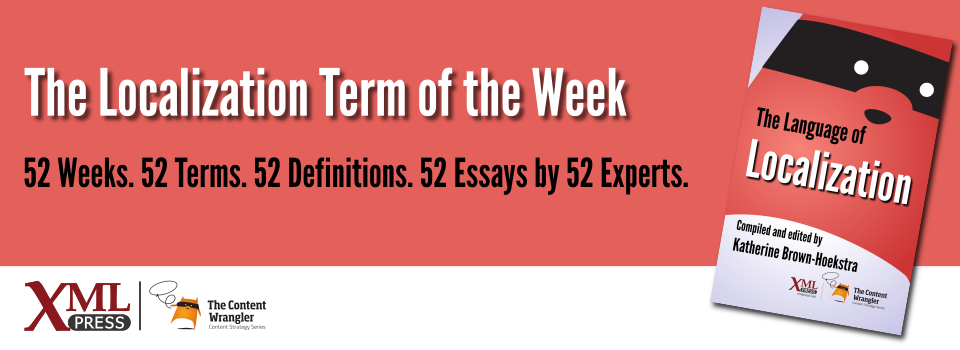Why is it important?
Reduces translation time and cost by reusing translated content from the repository. Translation memories are part of a client company’s intellectual property.
Why does a technical communicator need to know this?
Professional human translators use computer-aided translation tools (CATs) to translate content. A CAT consists of a translation memory, a terminology database, and an editor to translate virtually any kind of content.
During translation, the CAT tool sorts the source language content into small logical units. Such units are usually full sentences (or heading, list item, table cell, etc.) in your content. This unit is called a segment. These segments are translated into the target language by a machine translation engine, a human translator, or both. Together, a source and target segment form a translation unit (TU), which is stored in a linguistic database called translation memory (TM).
Modern translation memory systems enrich these database entries with additional metadata. Perhaps the most important is metadata that defines the semantic context. Other metadata types include content domain, date and time, translator, quality score, data source, and data type.
When new content is translated, the CAT analyzes each segment and tries to find a match in the TM. Matches can range from no match to fuzzy matches to 100%, or exact, matches. Modern CAT tools add context matches on top of that: 101% matches that help eliminate false positives due to ambiguities or different context.
With every translation, the TM grows. As the TM grows, more previous translations can be recycled. This dramatically speeds up translation and improves the quality and consistency of new content. Periodically, the TM needs to be reviewed and cleaned to ensure that translation quality stays high.

